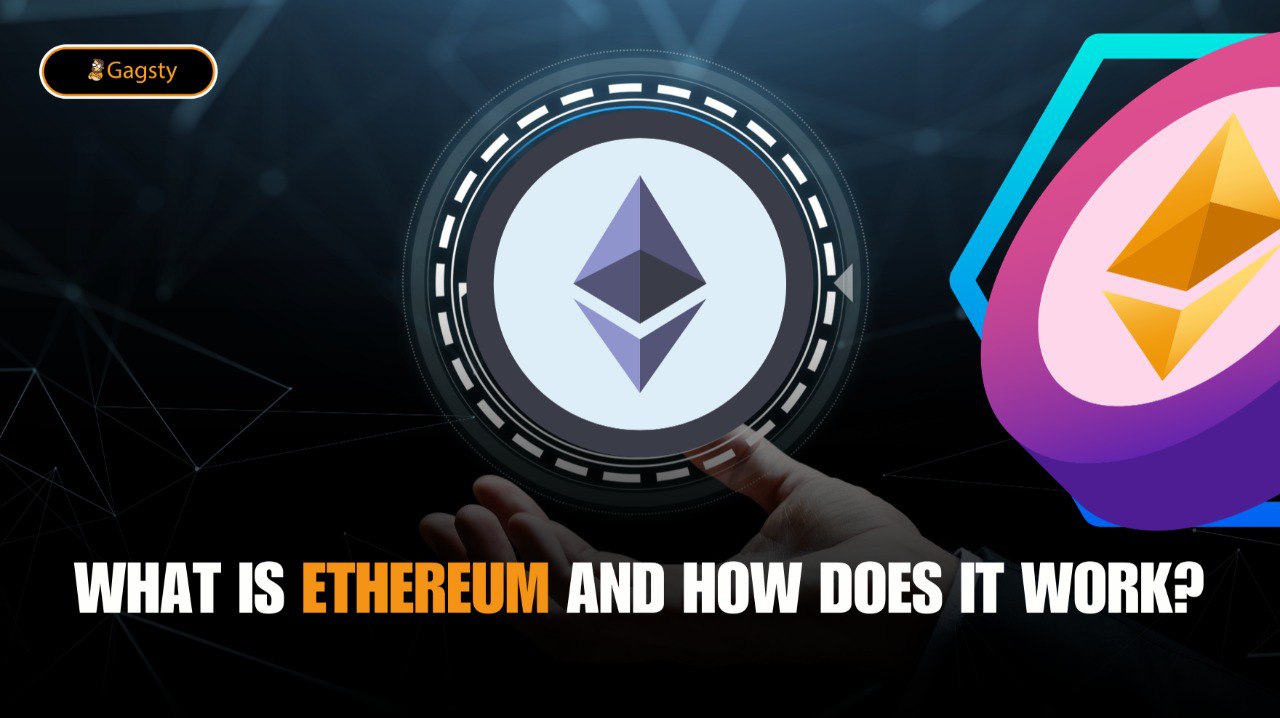
Ethereum is a blockchain-based decentralized global software platform at its core. It is best known for ether (ETH), a native cryptocurrency.
Anyone can develop any secure digital technology using Ethereum. It has a token created to pay for work done supporting the blockchain, but participants can also use it, if accepted, to pay for material goods and services.
Scalability, programming flexibility, security, and decentralization are all features of Ethereum. It is the blockchain of choice for developers and businesses building technology on it to transform numerous industries and how we go about our daily lives.
Understanding Ethereum: Ethereum is an open-source blockchain platform that was proposed by means of Vitalik Buterin in 2013 and launched in 2015. Unlike Bitcoin, which primarily serves as a digital currency, Ethereum is designed to be a programmable blockchain platform. It provides a decentralized virtual machine called the Ethereum Virtual Machine (EVM) that allows developers to construct and deploy smart contracts.
Key Features of Ethereum: Let’s delve into the key features of Ethereum that make it unique and powerful:
Smart Contracts: Smart contracts are self-executing contracts with predefined rules and conditions encoded on the Ethereum blockchain. They automatically execute transactions when the specified conditions are met, eliminating the request for intermediaries and enabling trustless interactions.
Decentralized Applications (DApps): Ethereum provides a platform for developers to construct decentralized applications. These applications leverage the power of smart contracts to create transparent, secure, and censorship-resistant solutions across various industries, such as finance, gaming, supply chain, and more.
Ethereum Virtual Machine (EVM): The EVM is a runtime environment that executes smart contracts on the Ethereum network. It ensures the uniform execution of code across all nodes, providing consistency and security for decentralized applications.
Ether (ETH): Ether is the native cryptocurrency of the Ethereum network. It serves as the fuel for executing smart contracts and provides an incentive for network participants, including miners and developers.
Interoperability and Standards: Ethereum has established standards such as ERC-20 (for fungible tokens) and ERC-721 (for non-fungible tokens), which have become the foundation for the booming ecosystem of tokenized assets and decentralized finance (DeFi) projects.
How Ethereum Works: Ethereum operates on a Proof-of-Work (PoW) consensus algorithm, similar to Bitcoin, wpresent miners compete to solve convoluted mathematical problems to validate transactions and add new blocks to the blockchain. However, Ethereum is in the process of transitioning to a more energy-efficient and scalable consensus mechanism called Proof-of-Stake (PoS) through the Ethereum 2.0 upgrade.
Transactions on the Ethereum network require gas fees, which are paid in Ether. Gas fees are used to incentivize miners to process transactions and execute smart contracts. The complexity and computational requirements of a transaction or smart contract determine the gas fees required.
Ethereum’s architecture enables the deployment of smart contracts and DApps that interact with each other, creating a network of decentralized applications that is capable of communicate and transact seamlessly.
Conclusion:
Ethereum revolutionized the blockchain space by introducing the concept of smart contracts and enabling the development of decentralized applications. Its programmable blockchain platform provides a foundation for innovation, transparency, and decentralization across a wide range of industries. With ongoing developments such as Ethereum 2.0, Ethereum aims to address scalability and sustainability challenges, paving the way for the future of decentralized finance, tokenized assets, and Web3 applications.
Leave a Reply